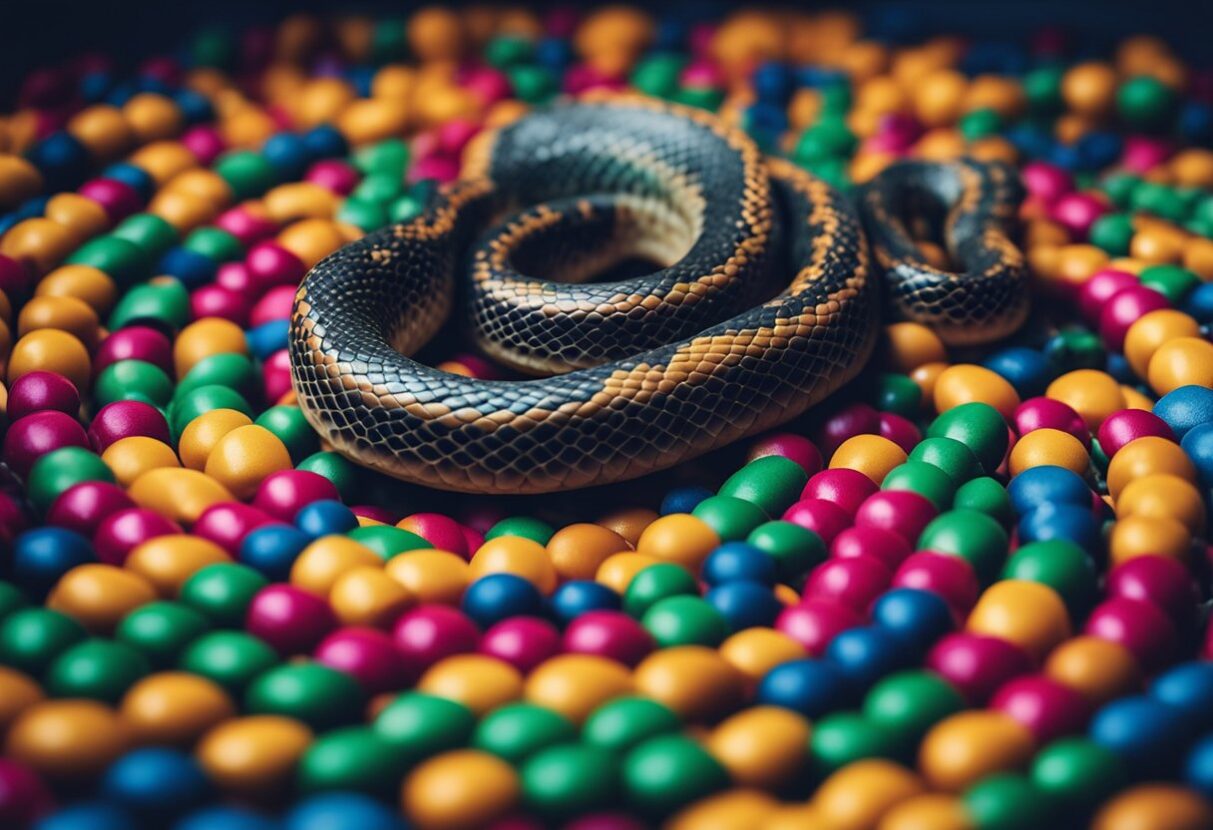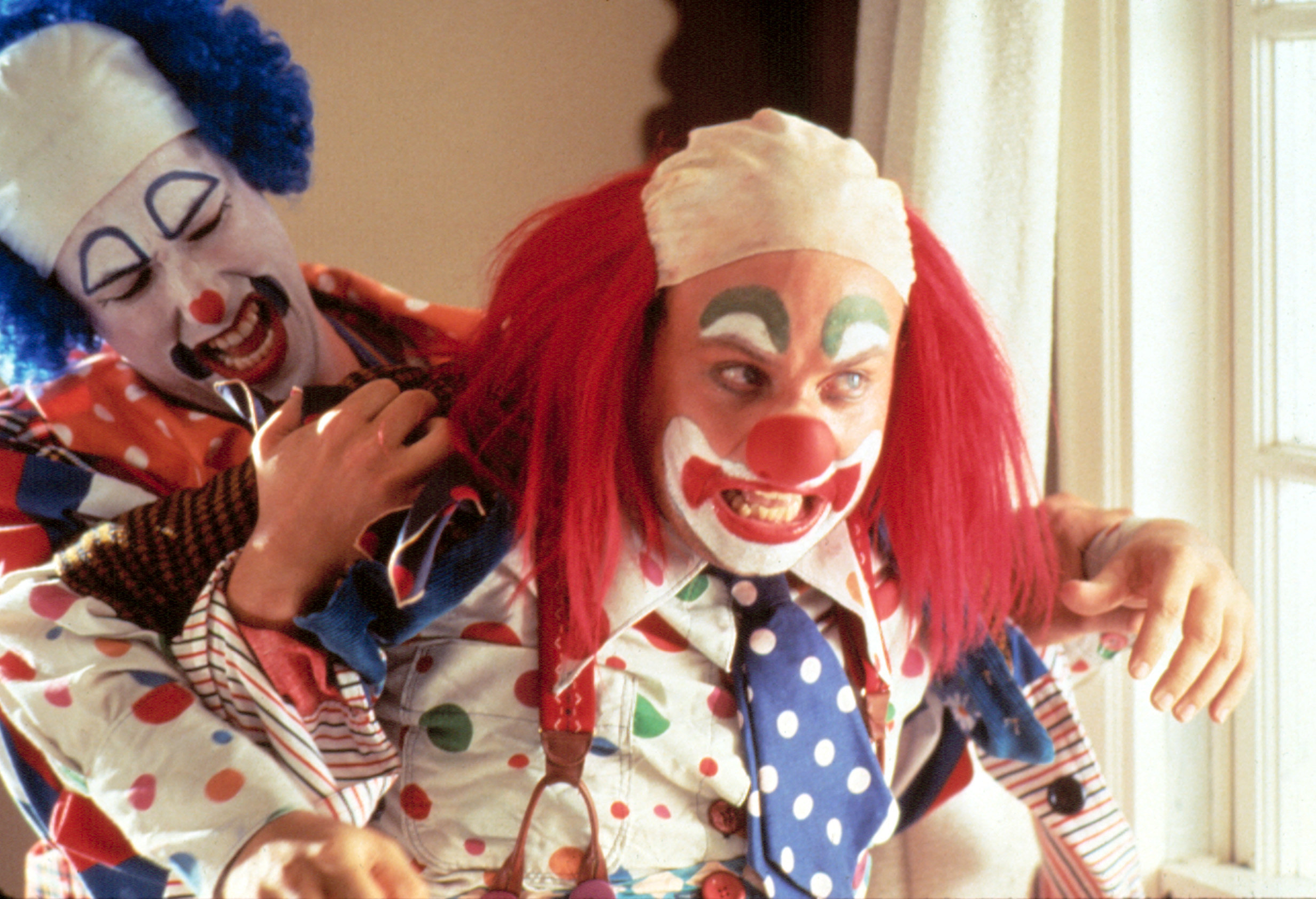The Clown’s Impact

The figure of the clown has captivated audiences for centuries, evolving from ancient traditions to modern entertainment. The clown’s enduring presence in our cultural landscape reflects a complex relationship with humor, fear, and the human condition. This essay explores the historical and cultural significance of clowns, analyzing the evolution of clown imagery and its connection to both amusement and anxiety.
The Historical Roots of Clowns
Clowns have a long and rich history, with roots in ancient traditions. Early forms of clowning can be traced back to ancient Egypt, Greece, and Rome, where performers entertained audiences with physical comedy, acrobatics, and satire. These early clowns often wore colorful costumes and exaggerated makeup, similar to the conventions of modern clowning.
- In ancient Egypt, jesters and entertainers known as “bufos” were popular figures in royal courts and public performances. They used slapstick humor, exaggerated gestures, and often mocked societal norms.
- In ancient Greece, “mimes” were skilled performers who used masks, costumes, and physical comedy to create humorous and satirical sketches. These performers often poked fun at politicians and social customs, similar to the role of the court jester in medieval Europe.
- In ancient Rome, “moriones” were masked performers who entertained crowds with acrobatics, juggling, and comedic skits. Their costumes were often brightly colored and included exaggerated masks and facial expressions.
The Evolution of Clown Imagery
The imagery of the clown has evolved significantly over time, reflecting changing societal values and artistic styles. In the early days of the circus, clowns were often portrayed as mischievous and chaotic figures, embodying the wild and unpredictable nature of the circus itself. As the circus became more popular in the 19th and 20th centuries, the clown evolved into a more recognizable figure, with distinct costumes, makeup, and character types.
- The “Auguste” clown, characterized by his oversized shoes, red nose, and slapstick humor, became a staple of the circus. The Auguste often interacted with a “Whiteface” clown, who was more refined and comedically sophisticated.
- In the early 20th century, the influence of vaudeville and silent film led to the development of more sophisticated clown characters, such as Charlie Chaplin’s Little Tramp. These clowns were more nuanced and often explored themes of social alienation and the absurdity of life.
Clowns in Film and Literature, Shakes the clown
Clowns have been a recurring figure in film and literature, often serving as a source of both humor and fear. In early cinema, clowns were often used as comedic relief, with actors like Buster Keaton and Harold Lloyd incorporating clownish elements into their performances.
- In the 1928 silent film “The Circus,” Charlie Chaplin’s portrayal of a clumsy but lovable clown is a classic example of the clown’s appeal in cinema. Chaplin’s character embodies the vulnerability and resilience of the clown, while also providing moments of slapstick humor.
- The clown has also been used in horror films to create a sense of unease and dread. The 1986 film “Poltergeist” features a clown doll that becomes a source of terror for a family. In Stephen King’s novel “It,” the clown Pennywise is a malevolent force that preys on children, highlighting the potential for fear and darkness associated with clown imagery.
Clowns in Visual Art
Clowns have also been a subject of fascination for artists throughout history. From the whimsical paintings of Pablo Picasso to the surrealist works of Salvador Dali, clowns have inspired a wide range of artistic interpretations.
- Pablo Picasso’s 1905 painting “The Family of Saltimbanques” features a group of circus performers, including a clown, in a melancholic and introspective setting. Picasso’s use of distorted figures and bold colors creates a sense of both amusement and unease, reflecting the complex nature of the clown’s persona.
- Salvador Dali’s 1935 painting “The Persistence of Memory” features a melting clock draped over a clown’s face. Dali’s surrealist imagery explores themes of time, memory, and the subconscious, suggesting that the clown is a symbol of the irrational and the unpredictable.
The Phrase “Shakes the Clown”

The phrase “shakes the clown” is a colloquialism that has gained traction in popular culture, often used to describe a chaotic or unpredictable situation, particularly when it involves someone behaving in an outlandish or absurd manner. While its exact origin remains elusive, its use and interpretation offer insights into the humor, absurdity, and sometimes, the darker side of human behavior.
Origins and Meaning
The phrase’s origins are uncertain, but it is likely rooted in the visual image of a clown shaking uncontrollably, suggesting a sense of disorder and absurdity. The phrase can be interpreted in various ways, depending on the context. It can signify a situation that is:
- Out of Control: A situation where events are unfolding unexpectedly and unpredictably, often with humorous or unsettling consequences.
- Humorous and Absurd: A situation that is so ridiculous and chaotic that it becomes funny, often involving exaggerated or unconventional behavior.
- Unpredictable and Dangerous: A situation that carries an element of risk or danger due to its chaotic nature.
Instances in Popular Culture
The phrase “shakes the clown” has found its way into various forms of popular culture, often reflecting the different interpretations and connotations associated with it.
Music
The phrase has been used in song lyrics, particularly in genres like hip-hop and rock, where it often conveys a sense of rebellion, chaos, and unpredictable behavior. For example, in the song “Shakes the Clown” by the band “The Offspring,” the lyrics use the phrase to describe a chaotic and rebellious attitude, highlighting the unpredictability of the characters involved.
Movies
The phrase has also been used in movie titles and dialogue, often to create a sense of absurdity or to highlight a character’s chaotic nature. In the movie “Shakes the Clown,” the title itself references the chaotic and unpredictable nature of the protagonist, a clown who struggles with his personal demons and encounters various surreal situations.
Social Media
The phrase has gained traction on social media platforms, where it is used in memes, tweets, and other online content. The phrase is often used to express amusement, bewilderment, or frustration with a situation or individual.
“My boss just announced a surprise team-building activity, and now we’re all stuck playing charades with a giant inflatable banana. Shakes the clown.” – A typical social media post using the phrase “shakes the clown.”
The Clown’s Transformation: Shakes The Clown

The image of the clown, once synonymous with laughter and joy, has undergone a significant transformation, evolving from a figure of amusement to one that often evokes unease and even fear. This shift can be attributed to a confluence of factors, including societal anxieties, the portrayal of clowns in horror and thriller genres, and the inherent ambiguity of the clown persona.
The Clown’s Role in Societal Anxieties
The clown’s transformation from a source of joy to a symbol of fear is intricately linked to societal anxieties and fears. Clowns, with their exaggerated features and unpredictable behavior, have become a canvas onto which people project their anxieties about the unknown, the chaotic, and the uncontrollable. This projection is often amplified by the clown’s ambiguous nature, as they are simultaneously figures of fun and figures of the uncanny, a phenomenon that can trigger feelings of unease and disorientation.
The character “Shakes the Clown” embodies a unique blend of absurdity and pathos, a reflection of Adam Sandler’s early comedic style. While Sandler’s career has evolved, his recent work, like the adam sandler new special , showcases a more mature approach to humor.
However, the essence of “Shakes the Clown” remains a testament to Sandler’s ability to create characters that are both hilarious and surprisingly relatable.
Shakes the Clown, a 1991 film directed by Bobcat Goldthwait, is a dark comedy that explores the struggles of a struggling clown. While the film’s humor is often dark and absurd, it also touches on themes of isolation, desperation, and the search for meaning.
Judd Apatow, judd apatow , known for his comedic sensibilities, has spoken about the film’s impact on his own work, acknowledging the influence of Shakes the Clown’s unconventional humor and exploration of the human condition. The film’s exploration of the darker side of comedy continues to resonate with audiences, serving as a reminder that laughter can often be found in the most unexpected places.
